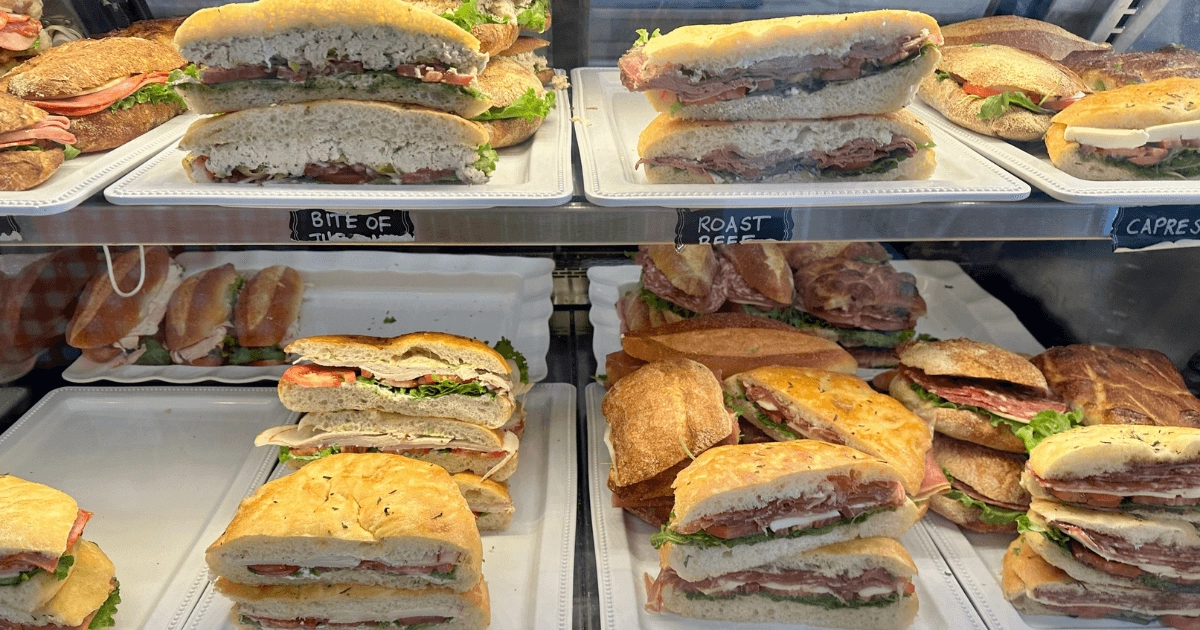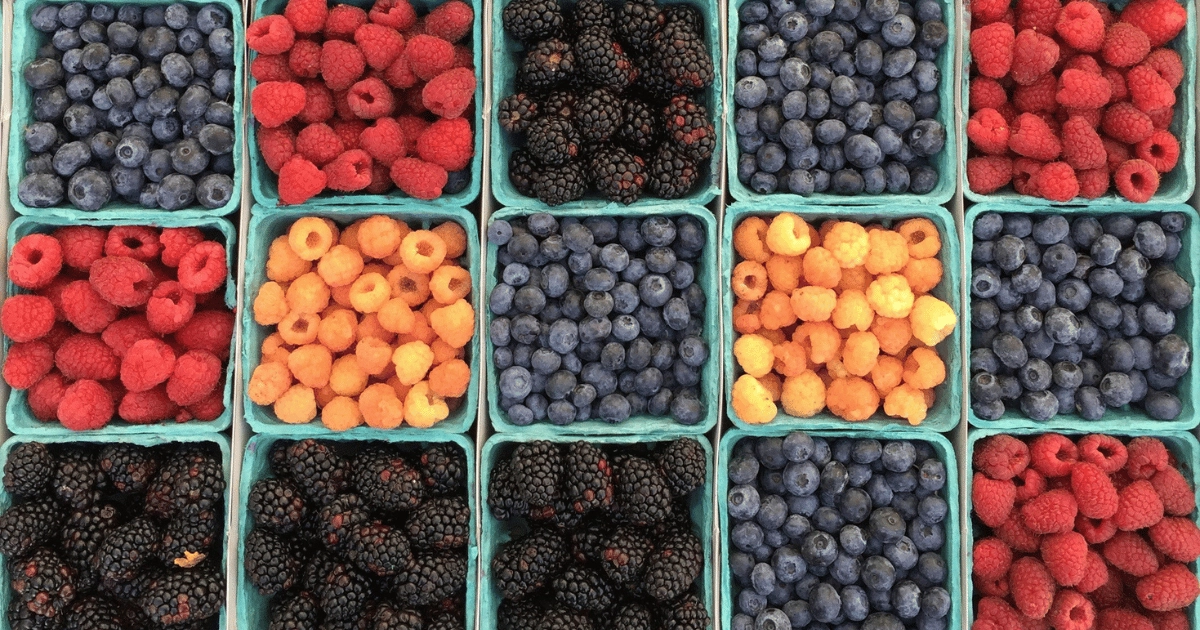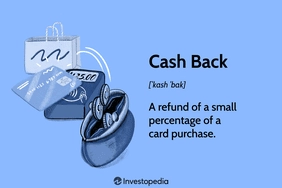How to Use a Cash Register at a Grocery Store Step by Step

Are you new to operating a cash register at a grocery store and feeling a bit overwhelmed? Mastering the checkout process is easier than you think—and it’s the key to keeping customers happy and your store running smoothly.
As a grocery store employee or manager, I know how critical it is to get transactions right the first time. With SDLPOS’s reliable cash register hardware, you’ll be scanning items, processing payments, and handling returns like a pro in no time.
In this step-by-step guide, you’ll discover everything you need to confidently operate a grocery store cash register—from setup to troubleshooting. Let’s jump in and make your checkout process a breeze!
Cash Register Basics for Grocery Stores
Understanding the key components of a grocery store cash register is essential for smooth and efficient checkout operations. A grocery store cash register combines both hardware and software designed to streamline the point of sale process while ensuring accuracy and speed.
Key Hardware Components
Scanner
The barcode scanner quickly reads product barcodes to register prices automatically. This reduces errors and speeds up checkout.
Till (Cash Drawer)
The till securely holds cash, coins, and sometimes checks. It opens only during cash transactions or authorized events, keeping money safe.
Receipt Printer
Prints transaction receipts for customers. It communicates with the software to generate itemized bills showing purchased goods, prices, and payment methods.
Keypad or Touchscreen
Enables manual input of prices, item codes, or function commands like discounts, voids, or returns. SDLPOS models often feature intuitive touchscreens for ease of use.
Common Terminology
- Scanner – Device scanning barcodes for product info
- Till/Drawer – Secure cash storage
- Receipt Printer – Prints transaction summaries
- Keypad – Manual entry interface
- POS Software – Manages sales, inventory, and transactions digitally
Overview of SDLPOS Cash Register Hardware
SDLPOS cash registers are designed with grocery store workflows in mind, featuring:
- High-resolution touchscreens for quick navigation and minimal training time
- Integrated barcode scanners which support fast, reliable scanning—even with damaged barcodes
- Durable, spacious cash drawers with compartments for bills and coins to improve cash handling accuracy
- Responsive thermal receipt printers that produce clear, fast-printed receipts, reducing wait times
- User-friendly software that supports multiple payment options, discounts, and loyalty programs, tailored specifically for grocery retail environments
SDLPOS systems combine user-centric design and robust hardware to enhance the checkout process, minimize errors, and provide real-time sales data for store managers.
With a solid grasp of these cash register basics, grocery store employees can confidently handle day-to-day checkout tasks, creating a smoother shopping experience for customers.
Setting Up Your Cash Register for a Grocery Store

Getting your grocery store cash register ready to go is the first crucial step before any checkout process. Here’s how to get started smoothly with your SDLPOS system and other common setups.
Powering On and Initial System Check
- Turn on the cash register using the power button—usually located on the side or back of the unit.
- Let the system run its automatic startup check. This ensures the hardware (like the barcode scanner, receipt printer, and cash drawer) is working properly.
- Watch for any error messages or warnings on the screen as the system boots. Report or fix any issues immediately to avoid delays during busy hours.
Logging In Securely
- Log in using your assigned user ID and password. This helps track transactions and maintain security.
- Some grocery stores use biometric options like fingerprint scanners for quicker and more secure access.
- Always log out at the end of your shift or when stepping away to protect customer data and prevent unauthorized access.
Configuring Cash Drawer Receipt Printer and Barcode Scanner
- Make sure your cash drawer is securely connected and opens when prompted by the register.
- Load the receipt printer with the right paper type and confirm it feeds correctly.
- Test the barcode scanner by scanning a few items to verify it reads the codes clearly and enters prices into the system.
- Adjust settings if needed for receipt layout, including store details, taxes, and loyalty program messages.
- Double-check the connection between hardware and the point of sale system to avoid errors during checkout.
By thoroughly setting up your cash register this way, you’ll ensure a smooth and efficient checkout process every time.
Step by Step Process to Use the Cash Register During Checkout
Using a grocery store cash register smoothly means knowing each step well. Here’s how to handle the checkout process efficiently with your SDLPOS system.
Scanning Grocery Items and Verifying Prices
- Scan each item barcode carefully using the point of sale system for grocery stores. This automatically pulls up the price and product details.
- Watch the screen to confirm the correct price appears. This helps catch scanning errors early.
- For items without barcodes like produce or meat, enter manual prices using the keypad or scale integration. Make sure to select the right PLU (Price Look-Up) code or weight.
Applying Discounts Coupons or Loyalty Points
- When customers present coupons, scan or enter coupon codes manually. Some systems let you apply percent-off or fixed discounts easily.
- For loyalty programs, scan the customer loyalty card or enter their account number to apply points and discounts automatically.
- Always double-check discount totals to avoid mistakes before payment.
Handling Different Payment Methods
- The SDLPOS cash register supports cash, credit, debit, and mobile payments like Apple Pay or Google Pay.
- For cash:
- Enter the amount tendered.
- The system calculates change.
- For cards and mobile payments:
- Follow the on-screen prompts.
- Ensure the transaction is approved before closing.
- You can also split payments between cash and cards if the customer requests.
Issuing and Printing Receipts
- Once payment is complete, print the receipt automatically.
- Offer customers digital receipts if available.
- Double-check that the receipt lists all items, discounts, and payment details correctly.
- Keep receipts handy for easy returns or exchanges later.
By following these steps, you’ll handle grocery store checkout smoothly, reduce scanning errors, and keep customers satisfied with fast, accurate transactions.
Managing Returns Exchanges and Voids on a Grocery Store Cash Register
Handling returns, exchanges, and voids smoothly is crucial for keeping checkout lines moving and maintaining customer satisfaction. Here’s how to manage these tasks efficiently with your grocery store cash register, especially when using systems like SDLPOS or similar point of sale systems for grocery stores.
Processing Returns and Restocking Policy
When a customer wants to return an item:
- Locate the original transaction in the system by using the receipt number, date, or customer ID.
- Scan or enter the returned items manually to register them back into the system.
- Check store restocking policies for whether items can be restocked or must be discarded (common with perishables like meat or produce).
- Process the refund as cash, credit, or store credit—depending on store policy and customer preference.
- Update inventory levels automatically through the register software—this helps avoid stock discrepancies.
Executing Transaction Voids and Corrections
Mistakes happen—here’s how to fix them without interrupting your workflow:
- Use the void function on the register to cancel an entire transaction before the sale is finalized. This ensures the sale doesn’t affect your sales totals or inventory.
- For item-level corrections during checkout, remove or adjust the quantity/price of the item directly in the current transaction.
- Confirm the customer knows about the change to keep transparency.
- Use voids sparingly and always log the reason if your system supports notes, which helps with auditing.
Handling Partial Payments or Split Bills
Many grocery customers use multiple payment methods, so handling these smoothly is key:
- When a customer wants to pay with part cash and part card (or any combination such as mobile payment), select the partial payment option on the register.
- Enter the amount received for each payment type carefully.
- The cash register will calculate and show any remaining balance automatically.
- Issue one receipt covering the full transaction but clearly showing the payment split.
- For split bills between multiple customers or accounts, repeat partial payments for each party.
By mastering returns, voids, and partial payments on your grocery store cash register, you’ll boost accuracy and speed during checkout. Keep these steps handy for managing tricky transactions without slowing down the grocery store checkout process.
Cash Register Best Practices for Efficiency and Accuracy in Grocery Stores
To keep your grocery store checkout running smoothly and avoid costly mistakes, follow these proven cash register best practices. These tips help minimize scanning errors, speed up transactions, and ensure accurate cash handling.
Minimize Scanning Errors and Mischarges
- Double-check scanned items: Quickly glance at the screen after each scan to make sure the correct product and price appear.
- Use the barcode scanner properly: Hold items steady and scan from the right angle to avoid missed or double scans.
- Manual price entry: For weighed items like produce or meat, enter prices carefully. Verify weight and price per unit to prevent overcharging.
- Stay focused during busy times: Avoid distractions and follow a steady pace to keep mistakes low, especially during rush hours.
Effective Bagging and Packing Communication
- Communicate clearly with baggers: Tell the bagger about fragile, heavy, or cold items as you scan to avoid mixed bags and damaged goods.
- Organize items by type: Group frozen, fresh, and other items logically to make packing faster and more customer-friendly.
- Maintain awareness of customer preferences: Some customers bring reusable bags or prefer separate bags for certain products. Confirm their preferences during checkout.
Reconciling Cash Drawer at Shift Changes
- Count cash accurately at shift start and end: Make sure the drawer amount matches the system’s opening and closing balances to spot discrepancies early.
- Record all cash drops and payouts: Log any cash taken out or added during your shift to keep the drawer balanced.
- Resolve differences immediately: If totals don’t match, review recent transactions or get supervisor help to find errors before the next shift.
- Follow store policies: Always adhere to your grocery store’s cash handling procedures to reduce theft risk and maintain accountability.
By following these cash handling best practices for grocery stores, you’ll increase checkout efficiency, keep customers happy, and maintain accurate financial records. This approach supports a smooth operation, fewer errors, and better teamwork at the register.
Troubleshooting Common Cash Register Issues in Grocery Stores
When using a grocery store cash register, running into issues like a non-working barcode scanner, printer jams, or software freezes is common. Knowing how to troubleshoot these can keep your checkout process smooth and customers happy.
What to Do If the Barcode Scanner Doesn’t Work
If the barcode scanner stops scanning items, try these steps first:
- Check the connection: Ensure the scanner cable is plugged in securely or the wireless scanner is charged and connected to the system.
- Clean the scanner window: Dirt or smudges can block the laser. Use a soft, dry cloth to wipe the scanner lens.
- Restart the scanner: Power it off and on or unplug and plug it back in to reset.
- Test with another item: Try scanning a different product’s barcode to rule out damaged tags.
- Reboot the cash register terminal: Sometimes system glitches affect peripheral devices.
If none of these work, notify your supervisor or tech support to check for hardware faults or software updates.
Resolving Printer Jams and Paper Shortages
A receipt printer that jams or runs out of paper can delay checkout. Here’s how to fix it:
- Open the printer cover carefully: Remove any jammed paper by pulling it gently in the direction of printing.
- Check for torn pieces: Even small scraps stuck inside can cause jams.
- Reload the paper roll: Make sure the paper is inserted with the correct orientation, usually glossy side down.
- Use the manual feed button: This can help the printer grab the paper properly.
- Keep spare rolls nearby: Having paper on hand helps avoid surprise shortages during busy hours.
Regularly inspect and replace printer components as part of cash register maintenance to reduce downtime.
Handling Software Freezes or Errors During Checkout
Sometimes the point of sale software may freeze or show error messages, interrupting your workflow. Here’s what to do:
- Stay calm: Don’t rush to unplug the machine.
- Try logging out and back in: This can reset minor glitches.
- Use the system’s restart option: Many POS systems have a safe reboot function.
- Report the error code: Note any on-screen messages or codes and pass them to IT support for faster troubleshooting.
- Avoid manual shutdowns: Turning off the system abruptly can cause data loss or corruption.
If software issues happen frequently, suggest a system update or staff retraining to your manager.
By following these troubleshooting tips, you can minimize checkout delays and keep the grocery store running efficiently. Regular maintenance and quick responses to hardware or software problems make a big difference in daily operations.
Security and Compliance Tips for Grocery Store Cash Registers

Keeping your cash register secure and following compliance rules is crucial in a grocery store setting. This helps protect your business from theft, fraud, and costly penalties while ensuring smooth checkout experiences.
Safeguarding Cash and Reducing Theft Risk
Handling cash is one of the riskiest parts of operating a grocery store cash register. Here are key steps to reduce theft and keep cash secure:
- Limit cash drawer access to authorized employees only. Never leave the drawer open unattended.
- Count cash frequently during your shift and at change of shifts to catch discrepancies early.
- Use secure storage for excess cash away from the register.
- Monitor employee transactions regularly to spot unusual activity like voids or refunds.
- Employ a two-person cash count at shift changes.
- Train staff on spotting counterfeit bills and suspicious payment behavior.
Following these practical steps helps create accountability and minimize shrinkage in your store.
Following PCI Compliance and Data Privacy Rules
Since grocery store cash registers handle sensitive payment information, PCI compliance and data privacy are non-negotiable. Here’s what you need to know:
- Always use a secure, PCI-certified point of sale system like SDLPOS that encrypts payment data.
- Avoid storing full credit card information on the register or connected systems.
- Ensure all payment processing devices, including barcode scanners and terminals, are regularly updated to patch security flaws.
- Use strong passwords and biometric logins for register access to keep unauthorized users out.
- Train cashiers on proper handling of customer data and recognizing phishing or fraud attempts.
- Regularly review your store’s compliance policies and audit payment procedures.
Adhering to PCI standards helps protect customers’ card data and shields your store from fines or legal issues.
Final Thoughts
Security at the grocery store checkout starts with smart cash handling and robust systems. By keeping your cash register setup compliant and secure, you build trust with customers and smooth daily operations. Remember, good security is a team effort—everyone from management to new cashiers must stay vigilant.
Training New Cashiers with SDLPOS Equipment
Bringing new cashiers up to speed quickly is crucial for smooth grocery store operations. Using SDLPOS hardware makes training simpler because it’s built for ease of use and reliability. Here’s how to get new staff comfortable with the grocery store cash register system fast.
Simple Training Tips for Onboarding New Cashiers
- Start with the basics: Teach new cashiers the key components like the barcode scanner, keypad, receipt printer, and cash drawer.
- Hands-on scanning practice: Let them scan real or demo grocery items to get used to how the system registers prices and identifies products.
- Walk through payment methods: Show how to handle cash, credit, debit, and mobile payments step-by-step. Include how to apply discounts or coupons.
- Practice handling returns and voids: Run through how to process returns and fix transaction errors without disrupting customers.
- Use real scenarios: Simulate busy checkout moments so trainees learn to stay accurate and efficient under pressure.
- Review cash drawer management: Teach safe cash handling and end-of-shift cash reconciliation to prevent errors and theft.
How SDLPOS Hardware Supports Ease of Learning and Reliable Operation
- User-friendly interface: SDLPOS cash registers have clear screens and easy menus that reduce confusion for new cashiers.
- Responsive barcode scanners: Scanning is smooth and accurate, which cuts down on scanning errors and improves checkout speed.
- Reliable receipt printers and cash drawers: Fewer jams and malfunctions mean less downtime and frustration during training.
- Secure login options: Biometric or user ID/password logins help keep each cashier’s transactions separate and secure.
- Customizable settings: Store managers can adjust the interface and permissions to match the training progress and cashier skill level.
With SDLPOS equipment, training new employees becomes straightforward, helping them master the grocery store checkout process confidently and quickly. This means fewer mistakes, faster service, and happier customers.
